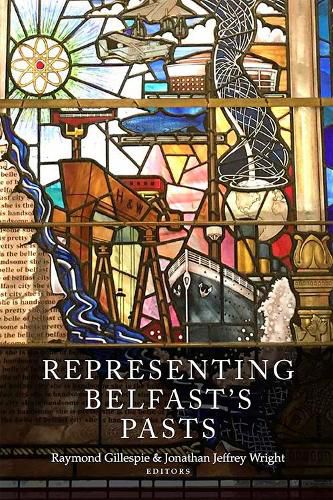Readings Newsletter
Become a Readings Member to make your shopping experience even easier.
Sign in or sign up for free!
You’re not far away from qualifying for FREE standard shipping within Australia
You’ve qualified for FREE standard shipping within Australia
The cart is loading…






During the first half of the nineteenth century, thousands of Irish men and woman were transported as convicts to Britain’s penal colonies in Australia. Few, however, possessed back stories as intriguing as that of the Belfast-man John Linn. Sentenced to a term of seven years’ transportation in 1838, Linn was an infamous figure. A parricide, he had violently killed his father in August 1832, but was judged to have been insane and placed in the Belfast Lunatic Asylum, from where he escaped in November 1835. Recaptured the following year, Linn was then placed in Carrickfergus Gaol, where he was discovered to be at the head of an escape conspiracy among the inmates and was convicted of ‘administering unlawful oaths’. A microhistory of crime and punishment in nineteenth-century Belfast, this study reconstructs Linn’s story in detail and places him in his contexts, shedding light on the society he inhabited, the institutions tasked with managing him and the ways in which his story was remembered and retold in the years following his departure from Ireland.
$9.00 standard shipping within Australia
FREE standard shipping within Australia for orders over $100.00
Express & International shipping calculated at checkout
During the first half of the nineteenth century, thousands of Irish men and woman were transported as convicts to Britain’s penal colonies in Australia. Few, however, possessed back stories as intriguing as that of the Belfast-man John Linn. Sentenced to a term of seven years’ transportation in 1838, Linn was an infamous figure. A parricide, he had violently killed his father in August 1832, but was judged to have been insane and placed in the Belfast Lunatic Asylum, from where he escaped in November 1835. Recaptured the following year, Linn was then placed in Carrickfergus Gaol, where he was discovered to be at the head of an escape conspiracy among the inmates and was convicted of ‘administering unlawful oaths’. A microhistory of crime and punishment in nineteenth-century Belfast, this study reconstructs Linn’s story in detail and places him in his contexts, shedding light on the society he inhabited, the institutions tasked with managing him and the ways in which his story was remembered and retold in the years following his departure from Ireland.